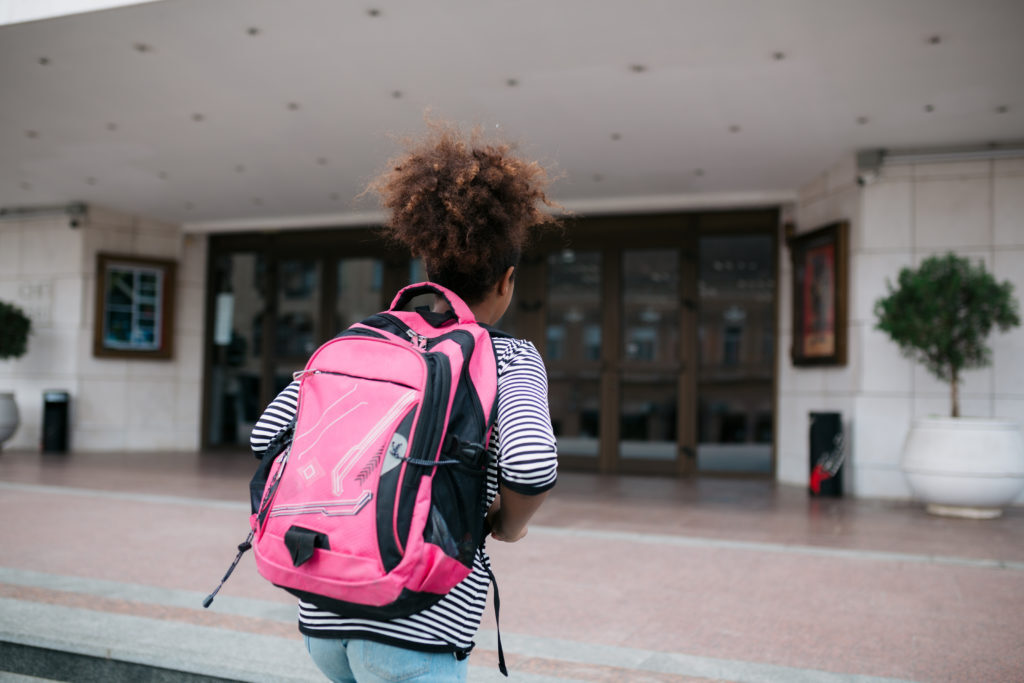For as long as schools have policed hairstyles as part of their dress codes, some students have seen the rules as attempts to deny their cultural and religious identities.
Nowhere have school rules on hair been a bigger flashpoint than in Texas, where a trial this week is set to determine whether high school administrators can continue punishing a Black teenager for refusing to cut his hair. The 18-year-old student, Darryl George, who wears his hair in locs tied atop his head, has been kept out of his classroom since the start of the school year.
To school administrators, strict dress codes can be tools for promoting uniformity and discipline. But advocates say the codes disproportionately affect students of color and the punishments disrupt learning. Under pressure, many schools in Texas have removed boys-only hair length rules, while hundreds of districts maintain hair restrictions written into their dress codes.
Schools that enforce strict dress codes have higher rates of punishment that take students away from learning, such as suspensions and expulsions, according to an October 2022 report from the Government Accountability Office. The report called on the U.S. Department of Education to provide resources to help schools design more equitable dress codes.



This has been debunked over and over and over again. Most dress codes don’t limit the kinds of accessories you wear, from bags to watches to jewelry. It doesn’t limit what phone you can have, what car you can drive, what food you can eat. Some have mentioned before that a lot of schools even have multiple tiers of uniforms to get fancier.
This only makes sense if you don’t think about it at all. There will always be bullying, and there will always be bullying against poor kids. The only thing the dress code serves to do is promote conformity.